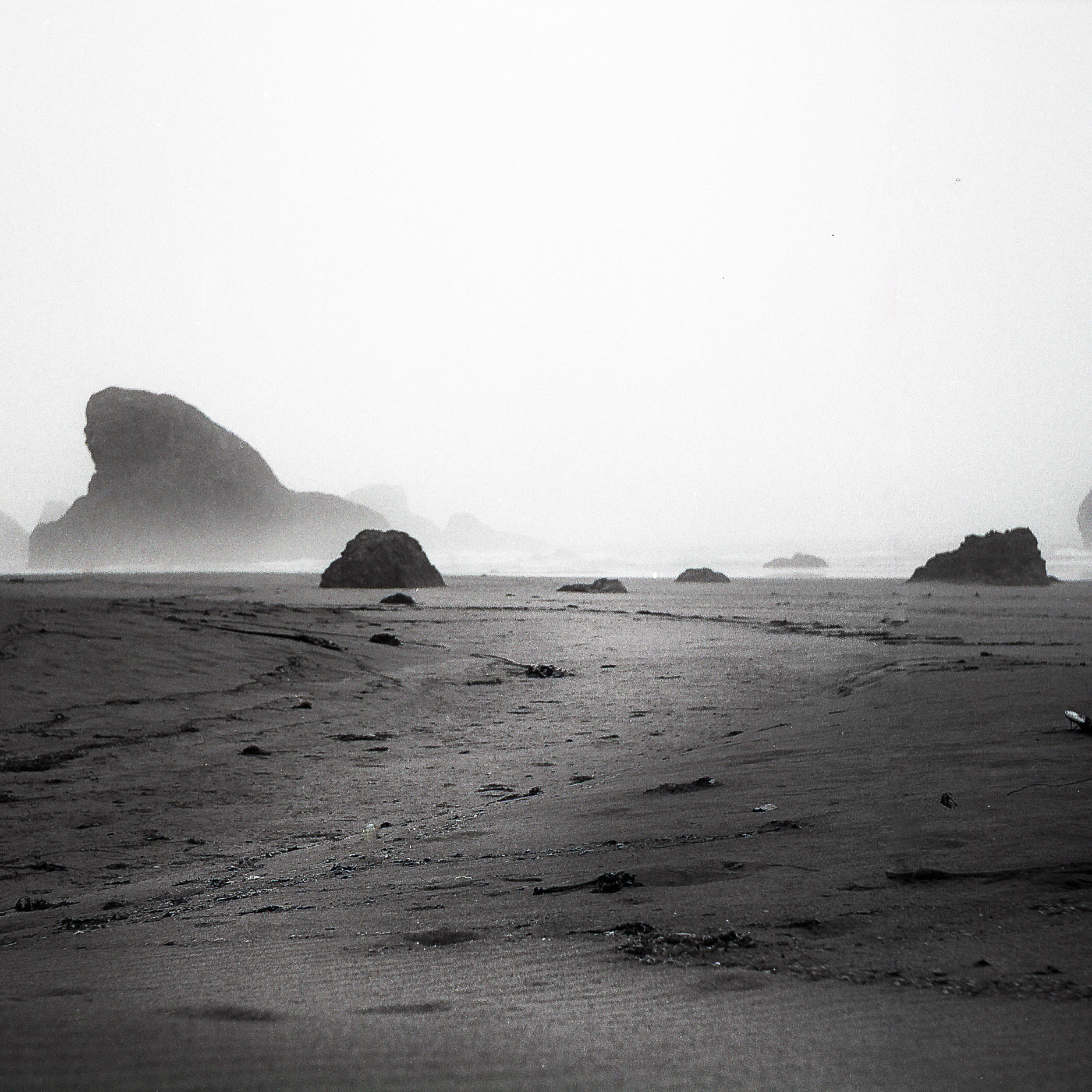


Somewhere along the way, branding got boiled down to fonts, colors, and whether your logo looks better in black or white. And while those things matter (a bad logo is still a bad logo), they’re not the point.
Branding isn’t what you say, it's what you do. It’s the way people feel when they experience you. It’s what sticks around after your ads stop running. It's the gut-level response people have to your name, your work, and the way you show up.
If marketing is asking someone out, branding is the reason why they say yes.
At its core, branding is the intentional act of shaping how people perceive and experience you, your company or your organization, and by extension, how they connect to it emotionally.
It’s everything from your tone of voice, to your values, to how your product makes someone feel when they use it. It’s not just about looking cool. It's about being consistent, clear, and true, over time, in ways that build trust and spark recognition.
In other words: branding is the long game. And if you’re only playing the short game (hello, performance marketers 👋), you’re going to run out of headroom eventually.
Can paid ads work? Absolutely. They can get you traffic. Sales. Clicks. They're an important and powerful part of a well-rounded marketing strategy.
But here’s the problem: they have a ceiling, because they don't build relationships with your audience. They don't build movements. No one's gonna get a tattoo of your logo on their leg or jump out of a helicopter because your paid ads made them feel something.
You know what does do all that?
Brand.
Let’s talk about a few companies who understand this better than most.
Red Bull doesn’t sell drinks. Not really. They sell adrenaline. They sell “You probably shouldn't try this, but we’re not going to stop you” energy, and they've built an empire around that vibe.
They invest in athletes, media, events (ever been to a Flugtag?) — entire verticals that have absolutely nothing to do with the product—but everything to do with the brand. Why? Because that's the community that they are part of, and there's no better investment than investing in your community. That’s not wasted spend, its a brand synonymous with the aspiration of daring to live life on the edge... and that’s what makes you reach for a Red Bull over a cheaper, identical energy drink when you're standing in a gas station at 2am.
They didn’t just build a marketing strategy. They built a universe.
Vans doesn’t care if you’re a skater because skaters don't care if you're a skater. That’s the point. Skate culture encompasses so many different aspects: punk rock, art, surfing, vintage motorcycles, it's part of a larger subculture that's all about subverting the norm.
That's why Vans invests in events like Warped Tour, to celebrate the culture that is and surrounds skateboarding. Why? Because again... Vans recognizes that even though its a huge company, it's still a small part of a larger community, and investing in the things that matter to that community is the best way to build trust.
Their branding isn’t about pushing shoes. It’s about holding space for a community, and inviting them to help shape it. (Also, those checkerboard slip-ons... classic.)
Let’s be real: Patagonia didn’t have to be a climate activism brand. They could’ve just made fleece vests and called it a day.
But that's not who they were. Before Yvon Chouinard was one of the most respected CEOs in history, he was a dirtbagging pioneer of the Yosemite climbing scene. His love and care for the environment was something that ran deep within him and characterized some of his most treasured life experiences. Even as Patagonia took off and he navigated the murky world of business, Yvon made sure to invest in the environment and ensure that the company's supply chain was ethical to the bone. It was because of his unwillingness to compromise on those values that Patagonia attracted such a deeply loyal audience — not just customers, but advocates. People who believe what they believe. People who wear Patagonia to signal not just warmth, but values.
Their marketing isn’t transactional. It’s transformational.
Good news: it’s not about having Red Bull’s budget or Patagonia’s founder.
It’s about doing a few things really well — consistently.
If you’re relying solely on performance marketing to grow, you're on borrowed time. (And probably borrowed money.) That approach can drive short-term wins, and it can even amplify your branding efforts, but it's rarely the catalyst for creating lasting relationships that make an impact.
Branding , done right, is what turns strangers into fans, fans into customers, and customers into a community.
That’s how you build something bigger than clicks. That's how you build movements.